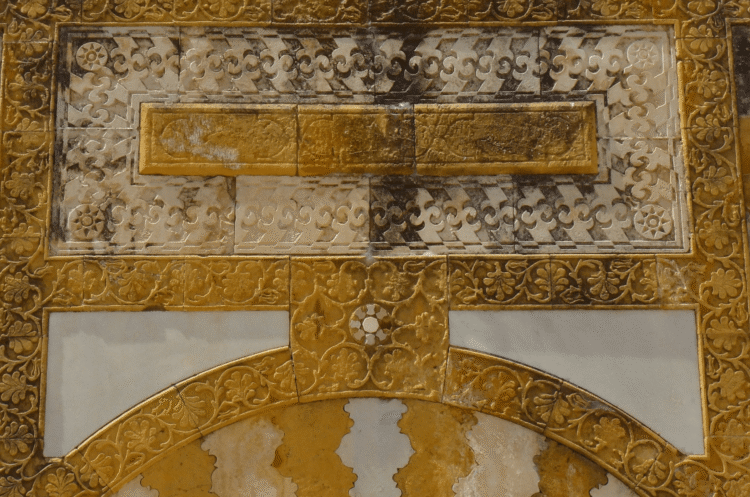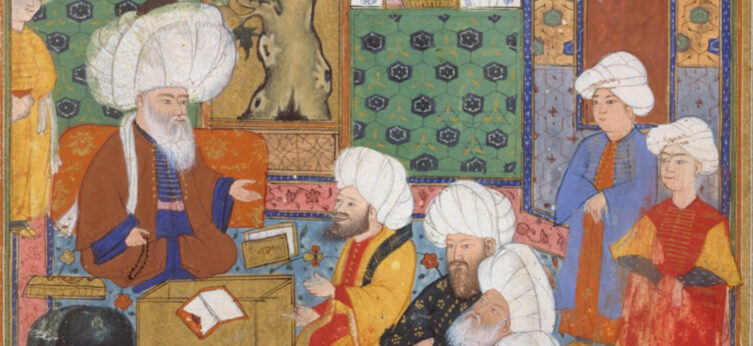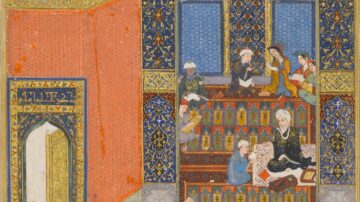The Druze dogma was developed in the 5th / 11th century in Cairo during the reign of the sixth Fatimid caliph al-Ḥākim.
The founders of this dogma, notably Ḥamza, were Ismaili missionaries who, in their writings known as al-Ḥikma or the Rasāʾil al-Ḥikma, established a new Ismaili Shi’i doctrine, which parted from the mainstream Fatimid doctrine.
Accused of extremism and exaggeration (ghuluww), the Druze movement was then banned from Cairo under the caliphate of al-Ẓāhir, so it only developed in the Syrian mountains. Rural clan leaders in Syria had indeed converted to Druzism during the daʿwaLit. ‘summons’, ‘mission’ or invitation to Islam. Amongst Shi’i Muslims, it was the invitation to adopt the cause of the Imamat. It also refers more specifically to the hierarchy of… (1017-1043) and continued to pass on their doctrine secretly until the 9th / 15th century. In this talk, Dr Halawi shows how Druzism was in line with Ismaili doctrine at that time, while developing a substantive law influenced by Sunni fiqhThe science of Islamic jurisprudence. and customary law.








